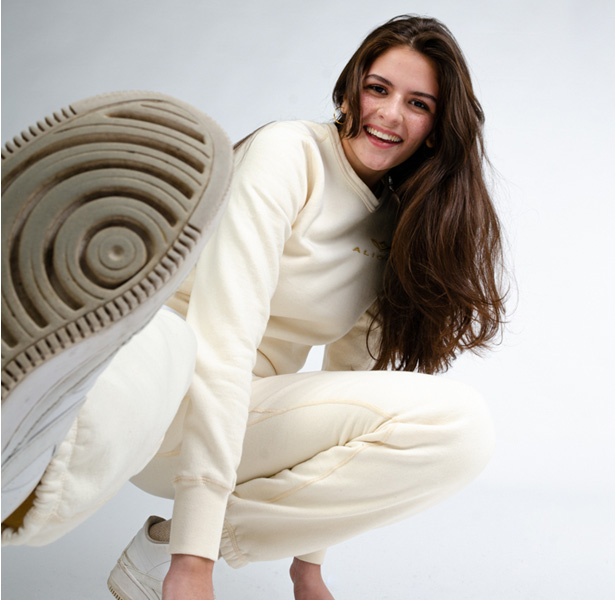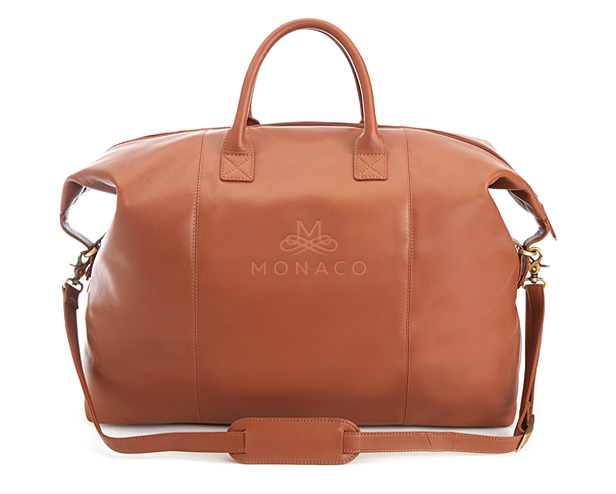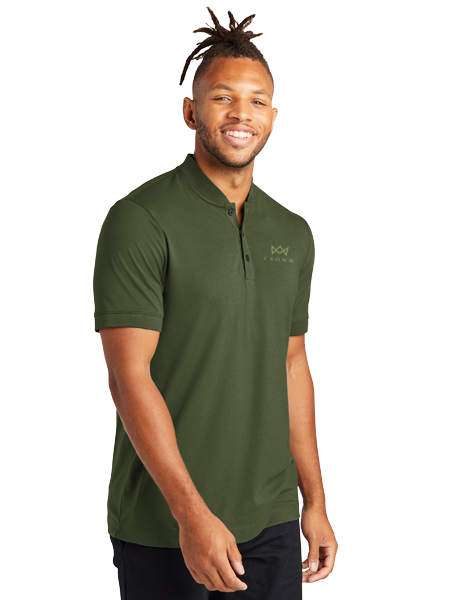May 09, 2023
How the ‘Quiet Luxury’ Trend Promotes Sustainable Style
Also called “stealth wealth,” this back to basics, less-is-more vibe is popping up in the industry.
Understated, neutral pieces that work together and don’t scream, “I’m riiiich!!!” Think just about any ensemble donned by Shiv Roy in HBO’s Succession. This is quiet luxury, a trend that has pulled up to the front row of fashion.
“Less austere than minimalism but more polished than ‘normcore,’” says Vogue, quiet luxury is partly a response to growing uncertainty in the world around us, from climate change and war to a will-we-or-won’t-we recession, says Vicki Ostrom, trend analyst and futurist at Top 40 supplier SanMar (asi/84863). “There are bigger things that we can’t manage to fix,” she says. “Quiet luxury is about seeking control, and that translates to a basic wardrobe. ‘Basic’ is an unsexy word, but quiet luxury feels beautiful.”

Canadian supplier Redwood Classics Apparel (asi/81627) has been offering the same tracksuit style for more than 14 years.
Quietly luxurious apparel is also timeless and sophisticated, says Kathy Cheng, president at Canada’s Redwood Classics Apparel (asi/81627) and a member of the Promo for the Planet editorial advisory board. “And as it pertains to the branding industry, it’s a good trend from a sustainability standpoint because it’s focused on investing in quality,” she adds.
Accessory suppliers are also onboarding this trend – or, in the case of leather goods maker Emporium Leather Co. Inc./The Royce Collection (asi/52390), perhaps already have been for decades. “We’ve embraced quiet luxury for a long time without calling it that,” says Royce owner Will Bauer. “Some of our styles have not changed since the ’70s and are very classic.”

The weekender bag from The Royce Collection (asi/52390) is a timeless style that hasn’t changed since it was introduced back in the early 1970s.
On the apparel front, Redwood Classics still offers a tracksuit it’s had for over 14 years. “It’s quiet luxury because it’s built to last,” Cheng says. “Redwood Classics isn’t trying to shove things down everyone’s throat.”
Bauer and Ostrom both say quiet luxury is also marked by a move away from bright colors toward neutrals. Ostrom points out that – in addition to classics like black and white – terra cotta, olive and ivory are now considered neutrals: “These are your new grays, as they mix and match really beautifully with gray, black and white. We never used to have anything but white in many promo pieces.”
As for its leather accessories, Bauer says Royce has had success with taupe and gray, “and now we have incorporated sage as well for our key corporate gifts.”
In garments, quiet-luxury neutrals are elevated, soft and easy to wear: Think elastic waists; fullness in shirts and blouses that still have a tidy shoulder; and fabrications that include light French terry, sweatshirt fabrics and tri-blends, says Ostrom.
Quiet luxury also incorporates elements of the time-tested concept of the capsule wardrobe: In promo, Ostrom says she’s seeing some online company stores now offering ‘collections’ that – with the right layering – can work from January to December: “Brands are building collections over individual pieces,” she says, with a base layer, midlayer and several jacket options, built on a (here it is again) neutral color theme.
Branding is far more subtle in quiet luxury, too. Royce’s Bauer says steering clear of ostentatious logos has always been a big part of the company’s ethos. “It’s a break from conspicuous consumption toward sophistication,” Bauer says, adding that “the gift speaks for itself. It’s a reminder of where it came from, but it doesn’t look like a billboard.”

The Mercer + Mettle stretch pique polo (MM1008) from SanMar (asi/84863) is an example of how the quiet luxury trend fits into promo.
Ostrom says the uptick in tonal branding is where quiet luxury dovetails nicely with sustainability. “You don’t always necessarily want to shout the brand name or where you work,” she explains. “When it’s tonal, your name is out there for longer … and you’re signaling that you understand the world we live in. That’s really powerful.”
At Royce, sustainability is also top of mind. It has invested in desk accessories and writing portfolios using 100% recycled leather, and is perpetually mindful of the longevity of its products, especially for its travel accessories and bags. “We have emphasized the level of detail and construction to ensure they hold up 10 to 15 years down the line,” Bauer says. “For the price people pay for our stuff, that should be expected.”
Looking at the big picture, successful brands must align with the social context in which they’re branding, Cheng notes – and Gen Z especially is watching for companies to “sell less junk” and minimize landfill waste, she says: “There’s an opportunity in our industry to embrace quiet luxury; it has socioeconomic and environmental impact.”

Promo for the Planet is your destination for the latest news, biggest trends and best ideas to help build a more sustainable and socially-responsible industry.